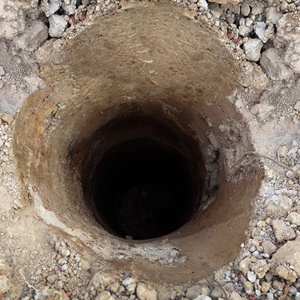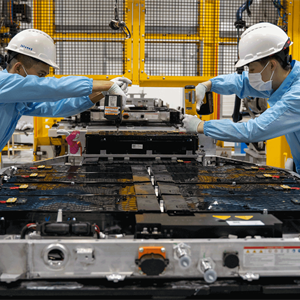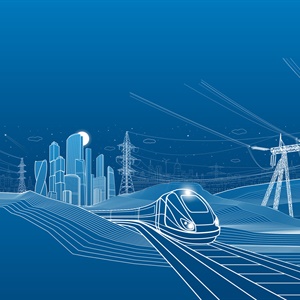Chatting with social robots eases pressure on carers, research finds
A series of regular chats with a humanoid robot has been shown to provide emotional support for informal caregivers, a University of Cambridge study has found.

A series of regular chats with a humanoid robot has been shown to provide emotional support for informal caregivers, a University of Cambridge study has found.

Octopus Energy has entered into a strategic partnership with Chinese wind turbine manufacturer Ming Yang Smart Energy to drive down wind energy costs and reduce household bills.

Labour’s plans to expand the UK’s portfolio of nuclear power plants have been given a boost after a deal was signed with the US to attract private sector investment and speed up safety checks.

A digital test could help primary care doctors quickly identify memory problems linked to Alzheimer’s disease.

The UK’s steel manufacturers are still struggling to compete with their European counterparts due to the high cost of domestic energy, despite government efforts to tackle the issue, a trade body has warned.

Could GBRX, the newly formed innovation focal point for the UK’s rail system, keep it on track?

A new study has linked the likelihood of heat waves to carbon emissions from individual fossil fuel companies and cement producers.

The quality of specialist superconducting materials destined for the ITER fusion reactor has been verified in an extensive study by Durham University researchers.

Nasa has discovered some of the most convincing evidence yet that Mars once harboured microbial life.

Construction has been completed on Britain’s longest rail bridge – HS2’s Colne Valley viaduct in the West Midlands.

Two high-speed catamaran ferries with fully electric propulsion will enter service in Denmark by 2028.

A European start-up says it has broken the speed record for its prototype hyperloop track and completed a complex lane-switching test.

New proposals from the UK’s financial regulator could see the current £100 contactless payment limit increased.

Simulation study shows that drones can deliver defibrillators to cardiac arrest patients in remote areas.

Deep Fission has become a publicly traded company, boosting its plan to place small modular reactors in deep boreholes.

Warner Bros claims Midjourney has “brazenly” stolen its intellectual property in a new copyright infringement lawsuit.

In high-threat theatres, communications availability can determine mission success.

Some of Reform’s key target constituencies in the next election could be among the first to adopt new fracking projects should the party deliver on its promise to lift the fracking moratorium, Greenpeace has claimed.

Almost all European car manufacturers are now on track to meet the EU’s emission targets this year because of rising electric vehicle (EV) sales and a relaxation of the rules, a report from Transport & Environment (T&E) has found.

Within a year, China aims to launch a mission to test whether a spacecraft can change the path of an asteroid.

Just as steam gave way to diesel last century, now a revolution is under way in how to power the railways of the future.

Former President Joe Biden’s CHIPS and Science Act already had flaws, but now his successor’s administration’s approach is compl

Pinning down the dawn of the age of rail, and with it the opening-up of mobility to the masses, is a bit of a moveable feast.

An electronic eye implant could offer an alternative to corneal transplants in restoring sight.
We're about to take you to the IET registration website. Don't worry though, you'll be sent straight back to the community after completing the registration.
Continue to the IET registration site